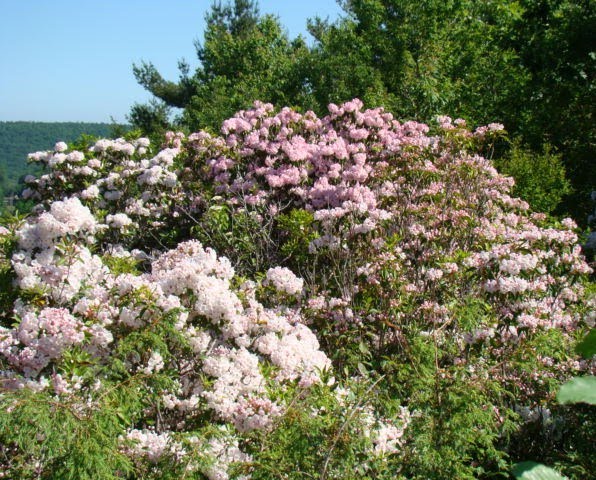
General Information
Climbing Hydrangea is a slow-growing, deciduous climbing vine with graceful lateral branches and dense, heart-shaped leaves. It is native to Japan and was introduced to North American in the mid 19th Century. It is not particularly tolerant of heat and humidity in the southeast and does best in zones 4 to 8 (9-10 in the west).
Plant Habit and Form
The main stems of Climbing Hydrangea climb vertically, as much as 30 feet, with horizontal side branching giving it a three-dimensional effect. If there is no structure to climb, the vine grows as a mounded 3- to 4-foot shrub. The bark on mature branches is an attractive, exfoliating reddish brown.
Growing Requirements
Climbing Hydrangea requires cool, moist, well-drained soil that’s rich in organic matter. It does not do well under hot, dry conditions. It prefers sun to partial sun and requires shade in the warmest limits of its range (zone 8 in the southeast and 9 to 10 in the west). Climbing Hydrangea is slow to get started but vigorous once it gets established.
Flowering and Fruiting
Climbing Hydrangea blooms in late spring to early summer with flattened clusters of white, fragrant lacecap flowers, about 6 to 10 inches wide -- smaller flowers in the center surrounded by a ring of showier flowers. Brown capsules follow flowering that persist in flat plane into the following season.
Pests and Diseases
Relatively free of pests except for occasional bouts with aphids.
ID Tips
Central main stems with lateral horizontal branches. Climbs by aerial rootlets. Heart-shaped, glossy dark green, dense leaves.

